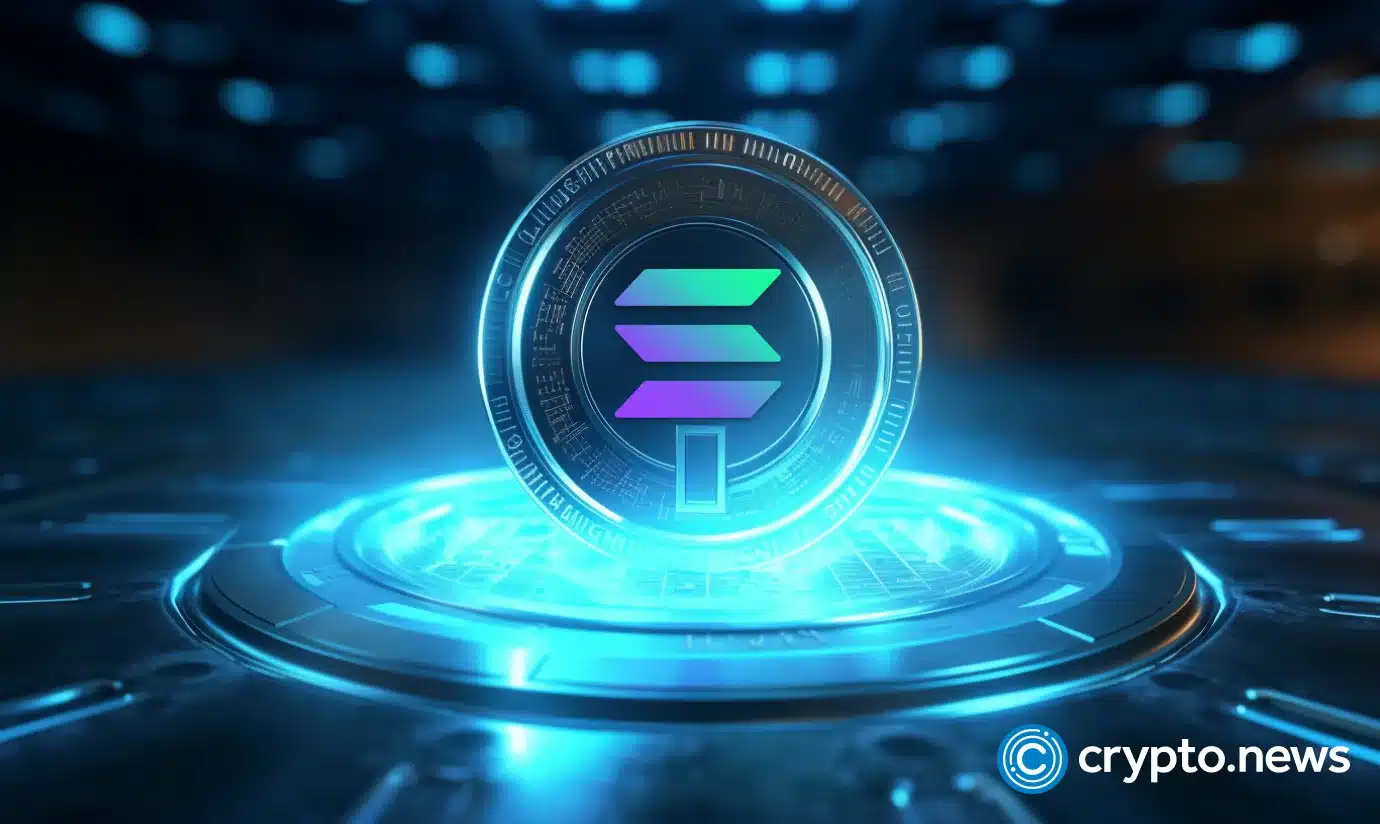Solana Cellular’s Chapter 2 witnessed excessive demand, with pre-orders exceeding its seven-day gross sales purpose inside 24 hours, says Raj Gokal, co-founder of Solana.
Though Solana Cellular Chapter 2 is anticipated to reach considerably in H1 2025, it has already generated large momentum, with over 25,000 pre-orders flooding in inside the preliminary 24 hours post-announcement.
Raj Gokal, co-founder of Solana, told TechCrunch in a commentary that the entire quantity of pre-orders has already surpassed the 30,000 mark, reaching the corporate’s seven-day gross sales purpose simply inside 30 hours. Whereas the {hardware} specifics of the brand new model stay undisclosed, a Solana spokesperson assured that the cellphone would inherit key options from its predecessor.
“For builders, Solana Cellular is creating a large alternative for crypto app groups trying to incentivize their customers. It offers them a concentrated distribution channel to die-hard, devoted customers. It permits them to do that with none prohibitive app retailer charges.”
Raj Gokal
Similar to Saga, Solana Chapter 2 shall be based mostly on Android with assist for a built-in crypto pockets, and a “dApp retailer” for decentralized purposes. Priced at an anticipated $450, it undercuts the $599 launch value of the Saga.
Initially launched in late October 2022, the Solana Saga featured an IP68 ranking, a 120Hz AMOLED display, a 50MP main digicam, and as much as 1TB of storage, retailing at $1,000. In a December 2023 look on Laura Shin’s Unchained podcast, Solana CEO Anatoly Yakovenko acknowledged the smartphone’s unsure destiny on account of lackluster gross sales.
Nevertheless, a sudden surge in recognition surrounding Solana-based BONK altcoin led to the swift sell-out of Solana’s smartphones, as Saga house owners may declare 30 million BONK tokens, valued at $565 throughout that point. Gokal highlighted that the corporate has been engaged on a brand new cellphone for over a 12 months now, including that the brand new mannequin makes use of “learnings from the final two years to allow higher flexibility for builders and customers.”

